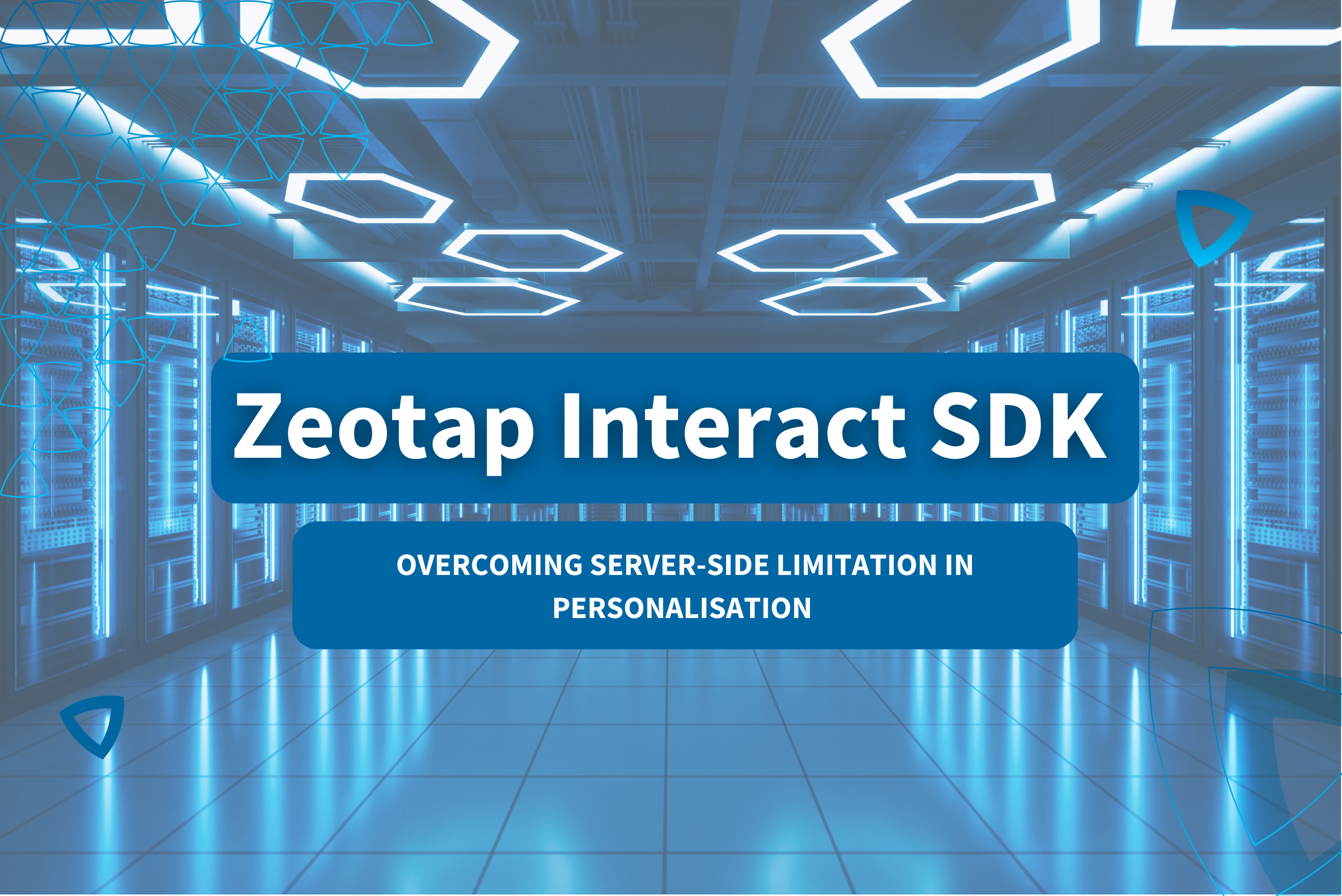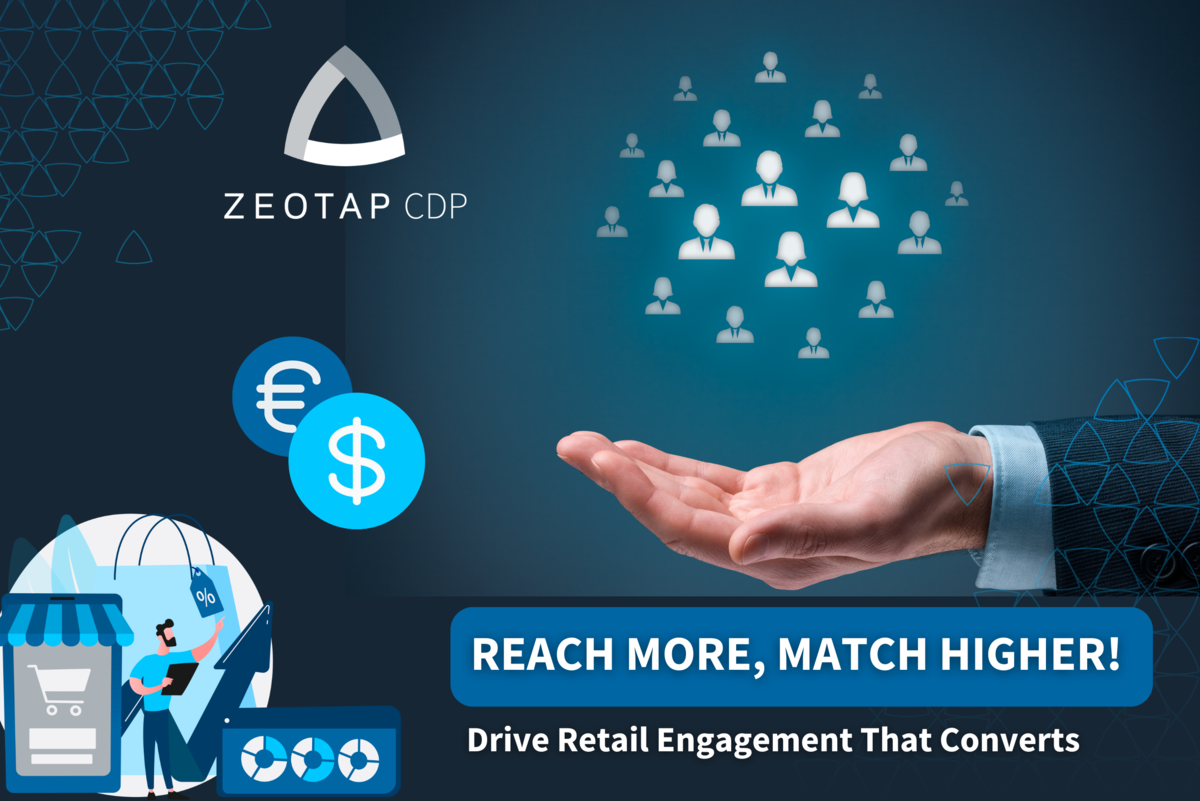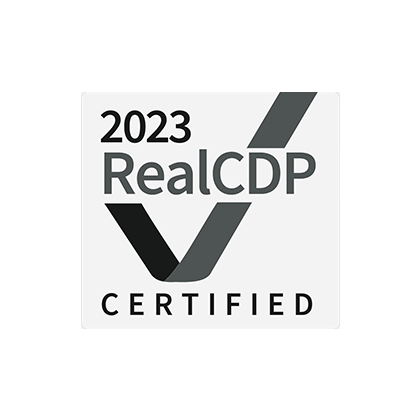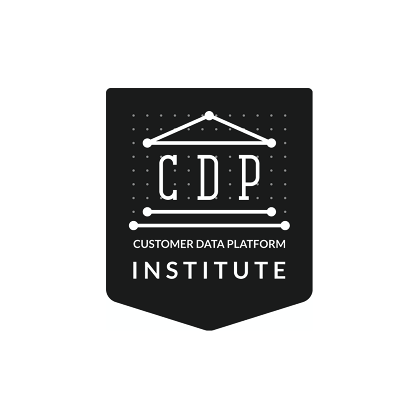Long gone are the days where customer data protection was the preserve of one corner of the business – in a digitalised world, every customer-facing team has access to some form of data, meaning that they share the responsibility of protecting it.
In this article, we explore what ‘customer data protection’ means on a day-to-day basis, the best ways in which to take action and (of course) the potential consequences of failing to take these responsibilities seriously.
Why Protecting Your Customer Data Is Vital
Generally speaking, when we talk about customer data protection, we’re referring to Personally Identifiable Information (PII). This term refers to any information that can directly identify an individual, such as names and addresses, email addresses, credit card numbers or IP addresses.
It’s because PII is so sensitive – and now so widely available – that a comprehensive data protection strategy becomes essential, and not just for big businesses. While some of the most notable breaches in data protection belong to household names like Yahoo or Facebook, any business that holds customer data should exercise caution and hold themselves to high standards – and there are several reasons why:
- The law. Data protection laws differ from country to country, but given that they apply to the location of the citizen (not the data processor), it’s likely that any digital business will find legislation such as GDPR (in the case of EU citizens) or CCPA (for Californian citizens) applying to them in some form. These regulations – and others around the world – are designed to protect customer data, and will issue damaging financial penalties for failures to comply.
- Customer trust and brand reputation. Put simply, a data breach is a breach of trust. Some major brands who have had lapses in customer data protection have suffered immensely from the PR fallout, with some even facing class action lawsuits from customers.
- Time and cost of operation. Failure to have good systems in place for customer data protection can have a major impact on business processes downstream. Aside from the legal and PR consequences of a potential mistake, hours in skilled resources can end up being spent on incident management, investigation, and repair, potentially suspending key systems and operations along the way.
Things To Ask Yourself
A good customer data strategy is based on two key aspects: data privacy and data security.
Data privacy is about ensuring that your data is handled fairly, that individuals consent to you obtaining and using it, and that you retain control of who sees it and when. Data security is a little more complicated: it’s all about how you keep hackers, fraudsters, or even untrustworthy employees from getting access to customer data.
So where to start? Before implementing a plan for customer data protection, it’s important to ask yourself a few questions.
Have you looked into legislation that affects you?
Data privacy laws differ from country to country: they’re always changing, and they’re far from black and white. Rather than a checkbox-style list, it usually entails a series of rights, values, or principles that must be preserved – and as mentioned before, it usually applies based on where your customers are (not where you are).
Have you vetted the third parties you use?
As a business, you get the ‘controlling’ role when your consumer provides you with any data. However, you’ll almost certainly be dealing with third parties, such as a website host, a customer relationship management system, or a newsletter tool. You take the fall if one of these firms mishandles your client information, so now is a good time to find the audit trail for the tools that you’ve brought on board to handle customer data.
Things to look for are key accreditations such as SOC 2 to ensure that a vendor’s data processes are continually quality controlled.
8 Steps To Protecting Your Customer Data
1. Determine your risk profile
A risk profile is essentially an analysis of the type of threats that your specific company might face when it comes to customer data protection – everyone’s is different, and the point is to try to document (as quantitatively as you can) what you need to deal with.
This should be a comprehensive and structured process that clearly identifies where you may have vulnerabilities and the potential risks associated, and will form the foundation of your overall data protection strategy – so don’t be tempted to take short cuts (more on what to do can be found here).
2. Get a DPO
A Data Protection Officer’s (DPO) primary duty is to ensure that their company handles the personal data of its employees, clients, suppliers, or any other persons in accordance with data protection laws.
To that end, DPOs monitor compliance, training and auditing, and liaise with regulatory bodies. Small businesses may not find them as necessary, but every business should make sure someone is in charge of data protection and security. Plus, if privacy-aware consumers contact you, they’ll want to speak to someone who oversees the data for the company – and this could be a black mark against you if there’s nobody specific to fill that role.
3. Avoid Data Silos
Data silos aren’t just a hazard for data analysis and activation, but security too. Data stored in disparate locations can be difficult to identify and resolve, but also risks being stored in unapproved, unvetted applications, causing a business to lose track of where data is kept and whether it’s being kept properly.
With a good customer data management plan, you can break down these silos – often with the help of a Customer Data Platform (CDP). Using a CDP, data silos are broken down by combining your customer data into a single repository that can be accessed by any authorised department or individual throughout the business.
A CDP also represents a paper trail for data – you can see where your client data originated, which is especially important when it comes to compliance with laws like GDPR and CCPA.
4. Only Collect The Data You Really Need
Businesses will accomplish two things if they focus only on obtaining data that is truly essential to their efforts:
- They’ll decrease the external ‘value’ of their data
- They’ll increase consumer confidence
Lowering the external value of your data lowers the risk of data theft, since hackers are less likely to target low-value data. If you’re gathering names, phone numbers, location data, or household earnings, your information is more valuable than if it was just email addresses. The greater amount of data points your firm gathers, the more appealing it becomes to outsiders.
Only collecting important information can also enhance consumer confidence. When you’re gathering data that doesn’t seem to be critical, consumers may have less faith in your brand because they may begin to query why they’re being asked to share so much “non-critical” information.
To assess what information is important to your marketing team, audit all of the data you obtain and ask: “If we didn’t collect this data point, would it have a significant impact on our operations?”
5. Limit Who Has Access To Customer Data
Not everyone in a business needs access to all of the consumer data it’s collecting. For example, does a content marketer need the same level of data access as a customer success representative?
Every person who has access to customer data represents a potential risk – either through error or malice – so it makes sense to restrict access on a ‘need to know’ basis to mitigate against this as much as possible.
6. Use The Right Tools
Although anti-malware and anti-spyware technology are often included with hardware like computers and mobile phones, it’s always a good idea to double check and make sure they’re properly installed.
Put a firewall in place to serve as a barrier, preventing unwanted visitors from getting in and sensitive data from leaking out. External links are an important component of email security because emails are one of the most common ways for attackers to penetrate your network, so ensure you have software that flags suspicious emails or external links.
Finally, encryption software encrypts your data to ensure it is protected, and can often serve as the last – but most indestructible – line of defence.
7. Have a Contingency Plan
A company of any size can suffer a data security breach or fall prey to an external cyberattack, so the key is to recognise that although you can’t predict them, you can control how you react to them in order to lessen their effect. And the most crucial aspect of your reaction is having a well-conceived approach and a robust plan ready to go when one strikes.
If the worst does occur, you’ll need external assistance, so establishing contact with a data security professional before it’s too late is essential.
8. Educate Your Employees
Instruct your team about the whys and hows of data protection, embed it into the onboarding process and revisit it as necessary. Everyone on your staff should be knowledgeable in password security, multi-factor authentication, recognising email scams, reporting breaches, and caring for physical devices. Make sure to hold remote meetings, if necessary, check out some Zoom meeting tips and tricks, and encourage employees to engage in the learning process.
Key Takeaways
Customer data protection is mission-critical, and the challenge becomes more complex as businesses grow and mature.
Minimising risk starts with a clear, manageable view of customer data itself, which is where a privacy-oriented Customer Data Platform is one of the first and most important steps in your journey.
To find out how, request your free demo of Zeotap’s best-in-class customer data platform and find out just how easy protecting your consumer data can be.

































